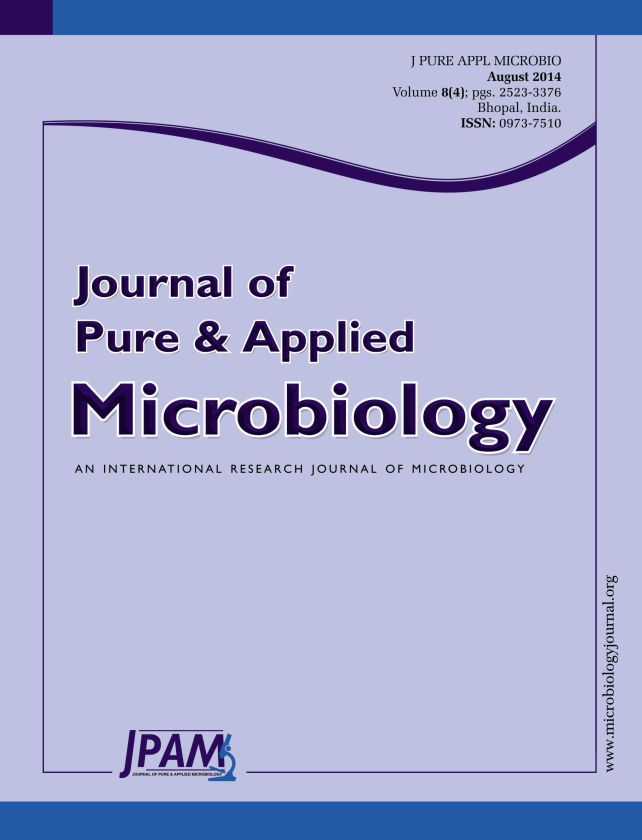The phytohormone auxins play a central role in plant growth and development as a regulator of numerous biological processes, from cell division, elongation and differentiation to tropic responses, fruit development and senescence. The action and interaction of some growth regulators like auxins regulate most of the physiological activities and growth in plants. Naturally occurring substances with indole nucleus possessing growth-promoting activity are referred to as auxins, chemically it is Indole acetic acid. (IAA) Not only plants but also microorganisms can synthesize auxins and cytokinins. IAA production was measured under varying tryptophan concentration, carbon sources, nitrogen sources and at different pH. Four Rhizobium strains were isolated from root nodules of Vigna radiate L collected from Narsanda farm (Dist.Kheda, Gujarat). All the four Rhizobium strains produced indole acetic acid (IAA), but maximum amount was produced by only two strains in yeast extract mannitol (YEM) medium supplemented with L-tryptophan. The Rhizobium strains M1 and M2 were found to elaborate maximum IAA when fed with 15µg /ml L-tryptophan. Cultural requirements were optimized at different pH for maximum growth and IAA production. The strains differ in their growth and production of IAA on different carbon and nitrogen sources. The significance of the study could be stated as the potential of these IAA producing isolates and optimization study for IAA production will flourish the growth and ultimately IAA production in the field and prevent environmental pollution by avoiding excessive applications of industrially produced fertilizers to cultivated fields.
IAA, Rhizobium, Carbon source, Nitrogen source, Vigna radiata L
© The Author(s) 2014. Open Access. This article is distributed under the terms of the Creative Commons Attribution 4.0 International License which permits unrestricted use, sharing, distribution, and reproduction in any medium, provided you give appropriate credit to the original author(s) and the source, provide a link to the Creative Commons license, and indicate if changes were made.


